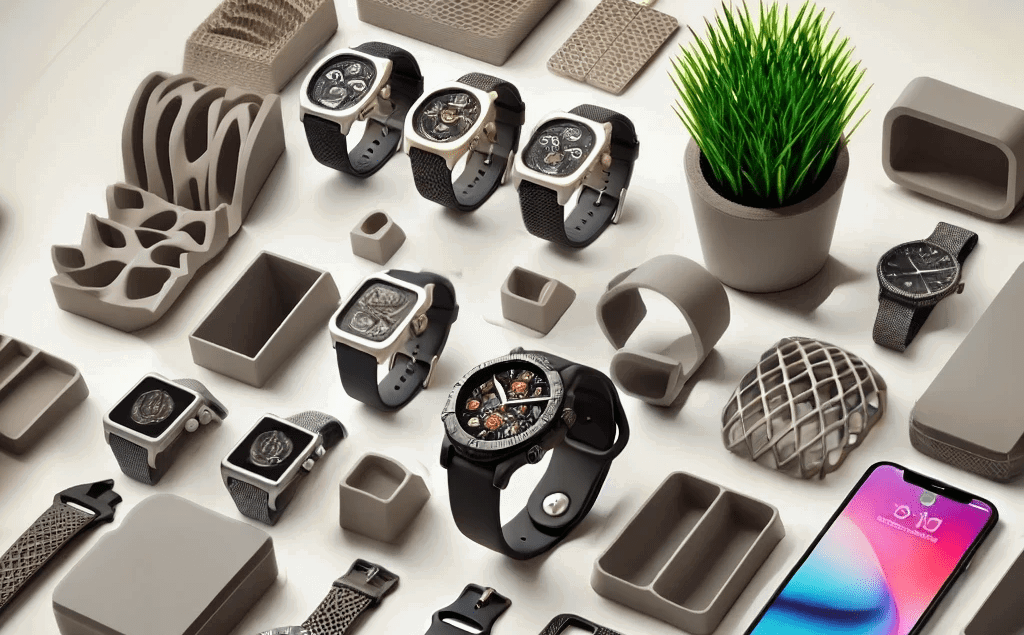Consumer Applications Of 3D Printing

3D printing, once considered an emerging technology of the margins, has now transformed the industry that produces consumer electronics. The change has come to have 3D printing as the cornerstone of manufacturing electronics with remarkable customization and efficiency, a result of advances in materials and methods.
A Brief History and Introduction Basic Uses
Originally introduced in the 1980s, the original purpose of 3D printers was for prototyping. At the dawn of electronics, this technique was used to produce basic parts, like housings and connectors. The benefits were obvious: rapid prototyping reduced development time, leading to quicker market entry for new devices. The technology was limited by material constraints and the inability to produce complex electronic components.
Materials and Techniques Improvements
Great advancements followed during the 2000s with the materials and processes in 3D printing. It enabled the creation of functional electronic components with the introduction of conductive inks and polymers. Companies like Voxel8 went a step further by introducing multi-material 3D printing in which plastic and conductive materials would be printed at the same time. That would set the pace for printing fully integrated electronic circuits, sensors, or even batteries.
Customization and Consumer Benefits
Consumer electronics is a segment where one of the great advantages of 3D printing lies: it can easily be customized. Products like custom-fit earplugs and even phone cases can now be made. Companies like Normal and Formlabs have used 3D printing to make personalized consumer electronics, thus elevating the level of user experience and satisfaction.
Environmental and Economic Effects
The process produces less waste by only using whatever amount is needed. Conventional subtractive manufacturing processes commonly lead to material waste practices, while 3D printing is more conservative. On-demand production also eliminates the cost of inventory and overproduction. A Deloitte study shows a saving of up to 90% in material costs among some industries because of additive manufacturing.
Future Prospects
3D printing is finally integrating other emerging technologies, including the Internet of Things and Artificial Intelligence. Companies are already looking into the potential of 3D-printed electronics applied to wearable technologies and the vast amount of devices belonging to the smart home and beyond. Printing complex, miniaturized parts will change the way devices are designed and will deliver smarter, more efficient functionality.
Problems and Issues
In spite of this possibility, 3D printing in electronics has some challenges. Its initial setup cost is very high because advanced printers and the materials used to do the actual printing are costly. Reliability and durability are also essential considerations in 3D printing components. Research and development in 3D printing concerning electronics is, therefore, imperative.
Conclusion
The developments and resulting benefits of 3D printing in consumer electronics are probably the two most significant aspects that separate it from prior, similar efforts. From more customization to lower environmental impact, 3D printing in electronics is now a game-changer. With rapidly advancing technology, its potential for 3D-printed electronics is indeed large, making sure that in future times, innovation and sustainability go hand in hand.
References
- Voxel8. (n.d.). Multi-Material 3D Printing for Functional Electronics. Retrieved from Voxel8
- Deloitte. (2017). 3D Opportunity for Electronics: Additive Manufacturing in Consumer Electronics. Retrieved from Deloitte Insights
- Normal. (n.d.). Custom-Fit Earphones. Retrieved from Normal
- Formlabs. (n.d.). 3D Printing Applications in Consumer Electronics. Retrieved from Formlabs







